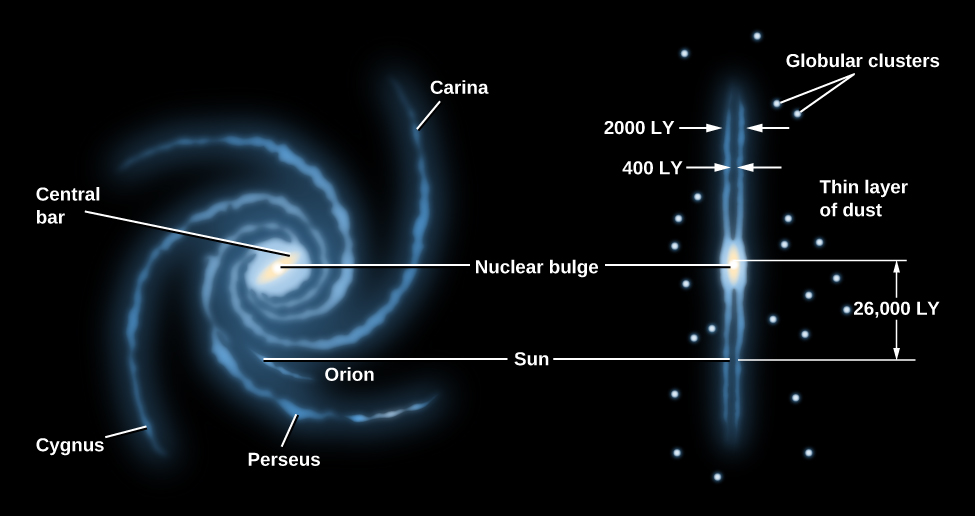The SpaceX boosters don't re-enter from orbit; they fall off on the way up. I looked long and hard at the screen shots of the ship and the models, and I can't see anything that looks like landing gear or legs on the Phoenix (SpaceX has four legs). I wouldn't advise landing it directly on the nozzle, either. Most likely, the nose piece separated, glided thru the atmosphere a la lifting body (note heat tiles on bottom of capsule, windows on top) to bleed off speed and fly to the landing site, and deployed a parachute for final descent near the launch complex since the guys where there for the party. The warp drive section was still in orbit. Either way, I believe it survived because of this line of dialog:I see no reason the Phoenix has to be limited to one warp jump. I think they jumped again back to Earth orbit and used the unused upper stage engine to land intact upright like SpaceX is doing these days.
PICARD: It's a boyhood fantasy, Data. I must have seen this ship hundreds of times in the Smithsonian, but I was never able to touch it.
If Cochrane reused it, it must have durable to survive all its trials.




 Math: v=x(WF^3)c, if x=100, then at warp 3, v= 2700 c or v=0.3 lys/hr or v=7.4 lys/day.
Math: v=x(WF^3)c, if x=100, then at warp 3, v= 2700 c or v=0.3 lys/hr or v=7.4 lys/day.

